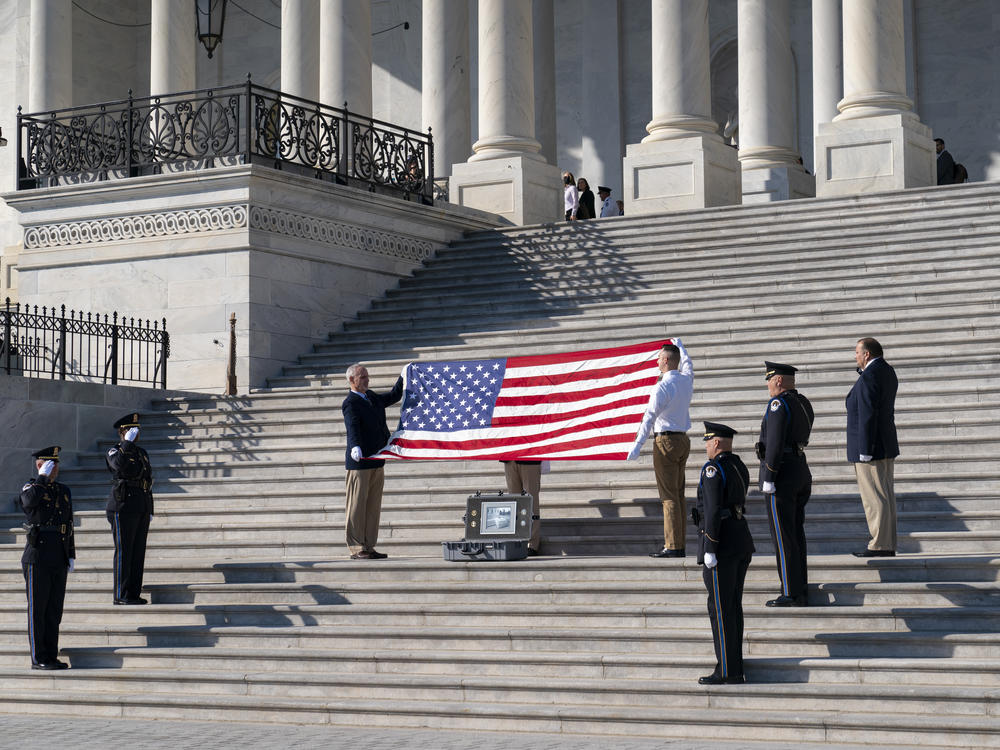Section Branding
Header Content
Veterans Day and Memorial Day both honor those who've served. Here's how they differ
Primary Content
Both Veterans Day and Memorial Day honor the U.S. military community, but the two holidays serve different purposes — and their origins are rooted in two different wars.
Veterans Day was originally called Armistice Day
Celebrated every November, Veterans Day honors all who have served in the U.S. military.
The federal holiday is observed on Nov. 11, the day World War I ended in 1918.
A year later, President Woodrow Wilson celebrated what was originally known as Armistice Day for the first time. But it wasn't until 1938 that Congress recognized it as an official federal holiday.
In 1954, the holiday's name was changed to Veterans Day, to honor the veterans of all wars the U.S. has fought. In France and elsewhere in Europe, the day continues to be known as Armistice Day.
Veteran's Day was actually celebrated in October for several years, though.
The Uniform Holiday Act of 1968 moved the holiday from Nov. 11 to the "fourth Monday in October" to move ensure a long weekend for workers.
But in 1975 President Gerald Ford returned the holiday to its original November date, due to the significance in marking the the end of the war.
Memorial Day has its roots in the Civil War
In contrast, Memorial Day specifically honors those who have died in U.S. military service. It was originally created to honor soldiers who fought in the Civil War, but like Veterans Day, was also later expanded to include those who died in all wars.
Memorial Day was originally called Decoration Day, history professor Matthew Dennis told NPR in 2005, and was celebrated on May 30. It was the day when people decorated the graves of soldiers who died in the Civil War — both those who fought for the Union and for the Confederacy.
The annual tradition of decorating fallen soldiers' graves with flags and flowers is believed to have originated in Waterloo, N.Y. That tradition is still carried on today all over the country.
Almost a century later in 1971, Congress switched the official holiday to the last Monday in May, according to the Department of Veterans Affairs.
Copyright 2021 NPR. To see more, visit https://www.npr.org.

